
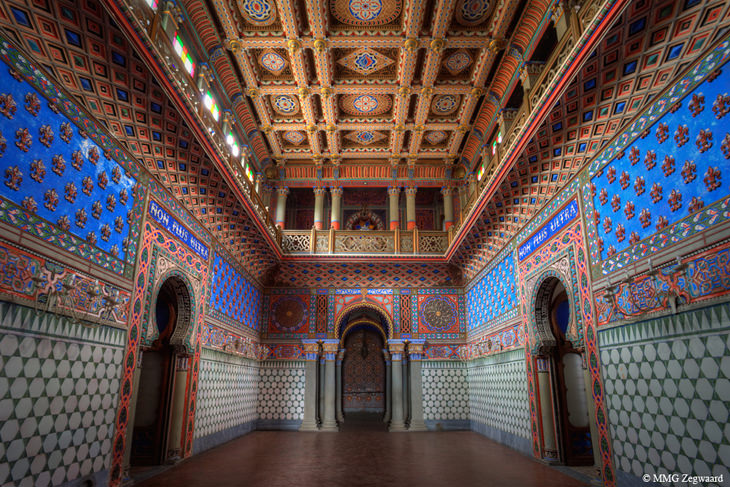
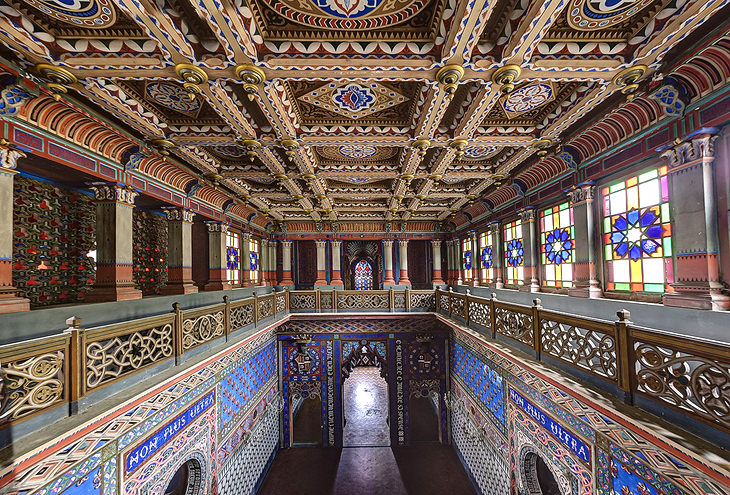
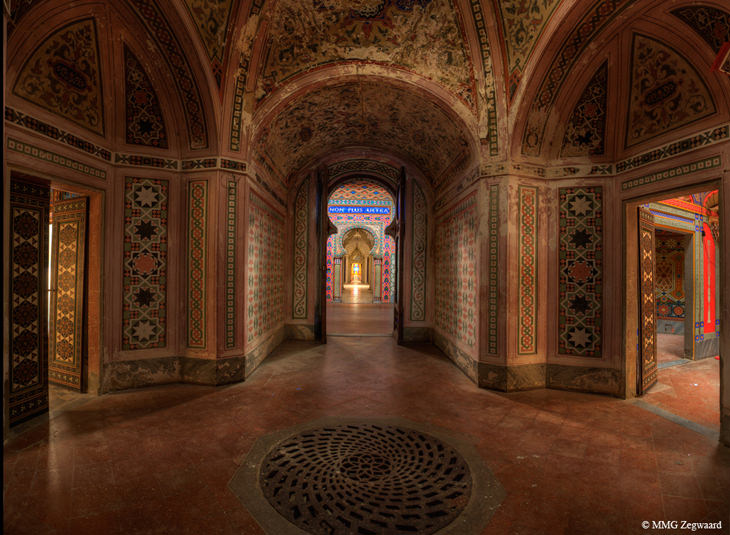
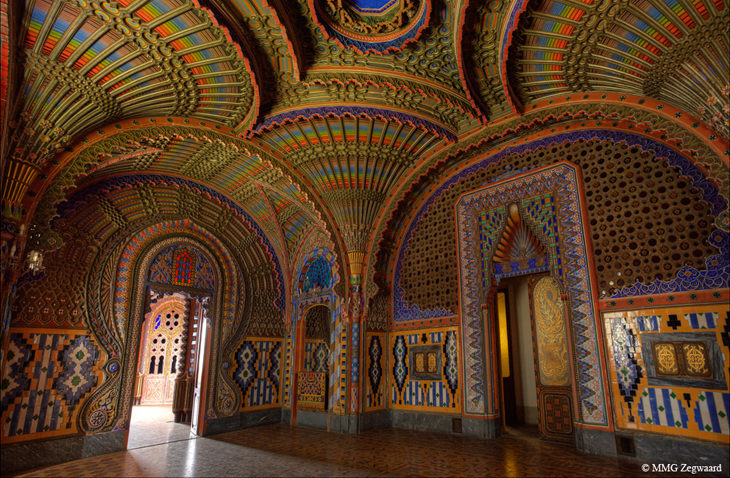
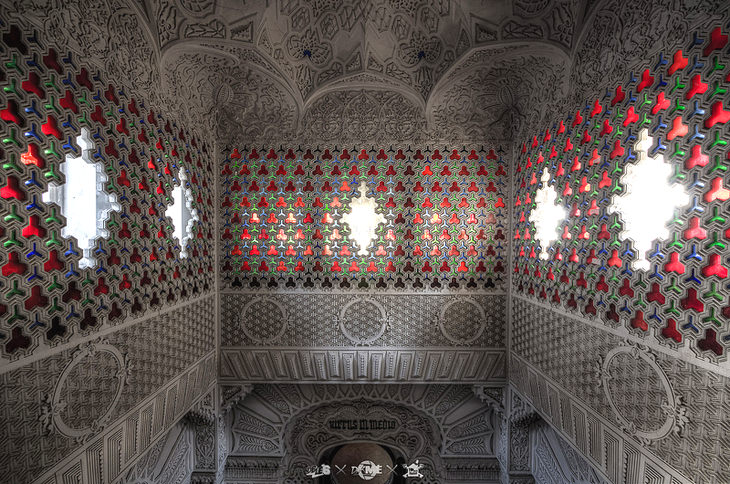
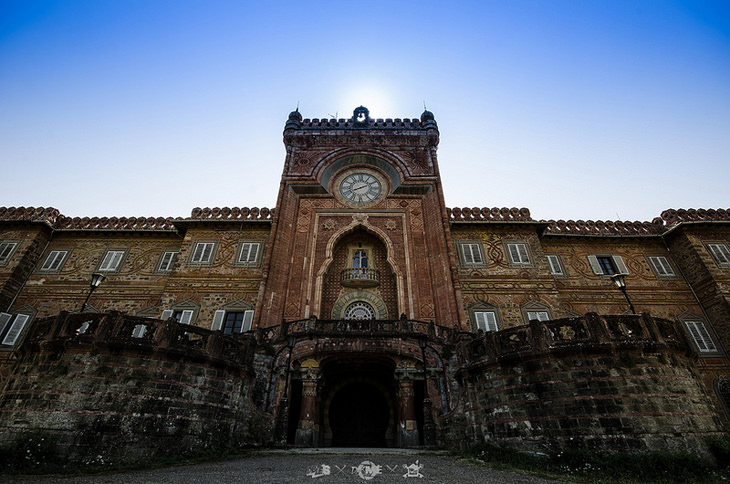

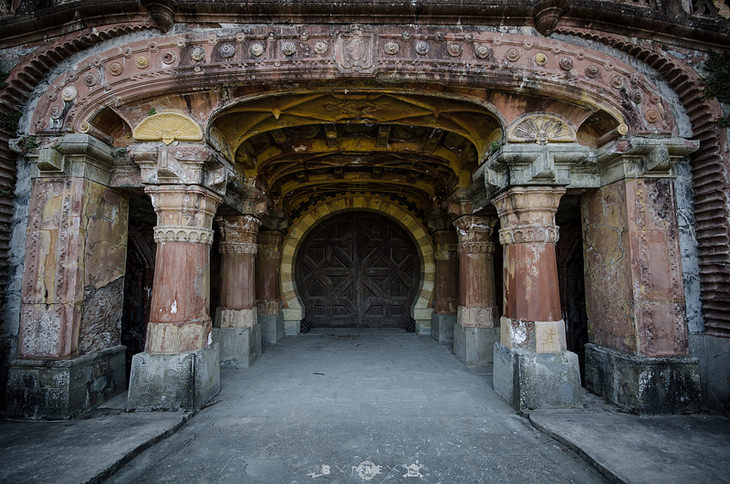
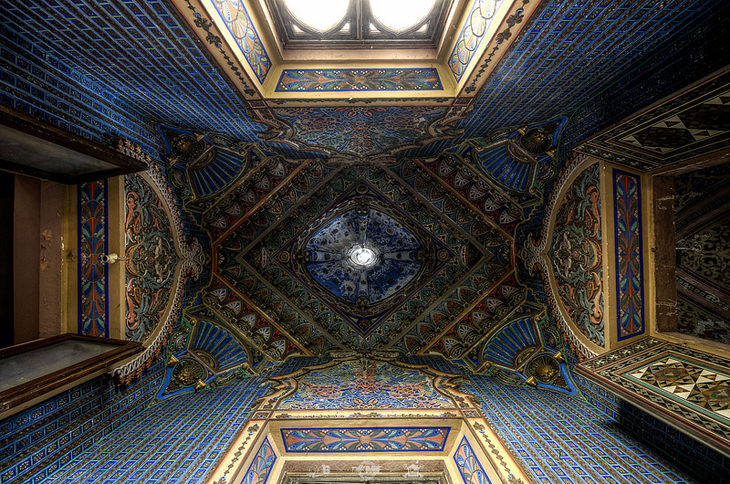
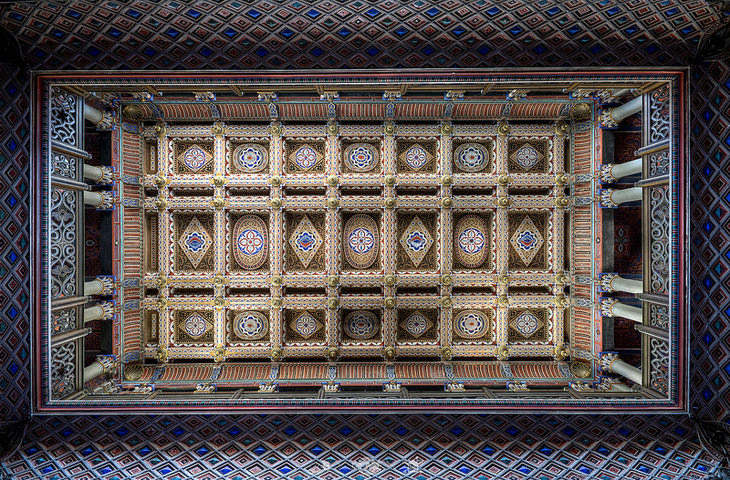

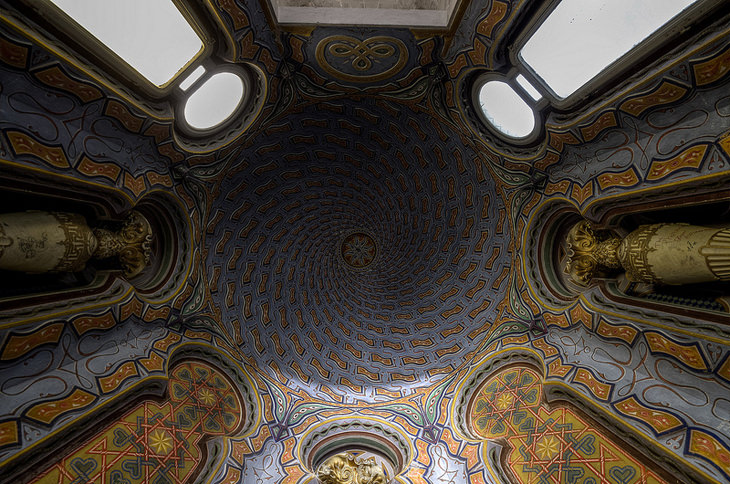
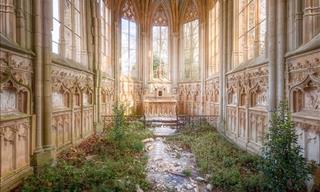
The Haunting Beauty of Abandoned Churches in 13 Images
There is something captivating and beautiful in the decay of an abandoned churches, and this photo series captures it perfectly.

Some Building Designs You Just Don’t See Every Day
Some buildings around our planet are architectural masterpieces. These are certainly NOT some of them.
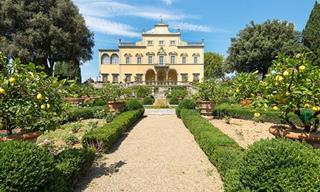
Mona Lisa's House: Where Da Vinci Painted His Masterpiece
The following photos will allow you to take a peek inside the home of the woman who intrigues millions of art and history lovers around the world.
 19:17
19:17
The Most Innovative and Unique Homes Around the World
The design of these 15 homes is so unique and innovative that it seems like they belong in the future.
 8:59
8:59
Is Tokyo the Best-Designed City in the World?
Tokyo is widely considered as one of the best designed city in the world. What's the reason behind it?
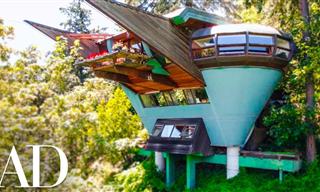 11:27
11:27
Welcome to Elk Rock Residence, a Retro Luxury Tree House
This house was built entirely by high school dropouts, who all found a second chance for a successful life and career.

18 Glimpses of the World’s Most Fascinating Places
These awe-inspiring photos feel almost dreamlike,
 5:09
5:09
What Does Your Home Say About You?
Your home can say a whole lot about your state of mind, so make sure you furnish it to the best of your ability!

In Pictures: 2024 Photographer of the Year Winners
Marvel at the breathtaking winners of the 2024 Photographer of the Year contest.

Time Changes Everything - 22 Amazing Before & After Photos
Click to discover some special before and after transformation photos.

The Beauty of Nature Like You’ve Never Seen It Before
Our planet is so varied, and yet somehow all equally beautiful. Admire 15 award-winning nature and wildlife photos that...

10 Famous Historical Photos That Were Actually Staged
The truths behind these famous historical photos will surprise you.
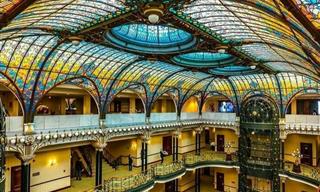
14 Magnificent Examples of American Architecture
Here are 14 photos that will showcase the marvels of American architecture.

These 18 Buildings Show Just How Artistic Some Architects Are
When you talk about artists, you usually think of painters, sculptors, dancers, singers, and even actors, but you’ll rarely hear anyone include architects. It's impossible to not stare in astonishment at these 18 buildings that are simply works of ar

These Chinese Gardens are the Perfect Place for Relaxation
These gardens combine beauty and function, and are places of pure serenity and unparalleled grace.

Gallery – The 2024 Infrared Photography Contest Winners
Marvel at the stunning winners of the 2024 Infrared Photography Contest.

Aerial Wonders: The Best Drone Photos of 2024
Marvel at the most atounding drone photos of 2024.

These Jaw-Dropping Vintage Cars Steal the Spotlight
These muscle car photos are pure automotive gold.

Time Transforms Everything - 15 Incredible Photos
Admire how time changed the world around us in these 15 historical photo comparisons of famous places around the world.

Dogs Make Wedding Photos a Hundred Times Cuter!
When dogs participate in wedding and engagement photos, incredibly cute and funny photos are guaranteed!

The Night Sky Feels like a Magical World in These Pics
Marvel at these strikingly beautiful nighttime photos by a Japanese photographer who captures the magic of the night sky perfectly.

7 Incredible Ancient Engineering Feats to Astound You
Our ancient ancestors were incredible engineers as you're about to learn from this infographic.

17 Historical Pics That Give a Glimpse of The Past
Here, we present to you some rare historical photographs that you are unlikely to have seen before.
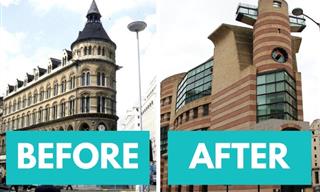
These Historical Building Restorations Only Did More Harm
The restoration projects of these historical buildings didn't go according to plan, it seems, and these 12 buildings were transformed beyond belief...

Stunning Architectural Masterpieces That No Longer Exist
Damaged by war, destroyed by fire, or foolishly demolished, these structures didn't withstand the test of time, but they still deserve to be admired & remembered

See 21 Great Photos That Showcase the Wonders of Our World
Most of us are familiar Wikipedia, the site that provides us with information. Here are 25 of the most beautiful photos the encyclopedia has presented in 2018.

12 Award-Winning Designs That Redefine Innovation
Check out the innovative award-winning entries from the European Product Design Award.

Who Said History Has To Be Black and White?
Have you ever wondered how famous historical photos would look like in color? Wonder no more...
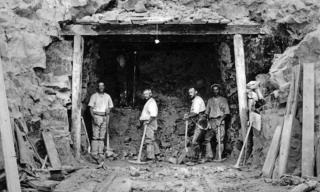
How Tunnels Were Dug Before Modern Machinery Existed
These 15 photos reveal just how far we've come in our quest to reshape the earth below our feet.

These Mind-Bending Photos Will Have You Do a Double Take!
Optical illusions don't have to be serious and sciency. In fact, they can actually be quite hilarious at times! Here are 17 examples!

This Man Took 18 Breathtaking Photos of Icy Greenland
This article invites you to check out 18 of the amazing photos brought back from Greenland and learn a little about this incredible place.

14 Exceptionally Beautiful Home Baked Cakes and Cookies
If you love desserts and value creativity, you'll love this collection of magnificently decorated cakes, pies, and cookies!

These Are Literally "Blink and You'll Miss It" Photos
Some photos are just timed so perfectly! They're an absolute joy to behold. Here are 18 awesome "Blink and You'll Miss It" pictures.

Explore the Magic of Outer Space Through These 15 Images
Here are 15 of the most captivating astronomy pictures.

This Artist Makes An Entire World Out of Tiny Dioramas!
Tatsuya Tanaka’s miniature worlds will leave you amazed.

These Japanese Truck Gardens Are Absolutely Stunning!
Every year, landscapers from across Japan create amazing and whimsical gardens in their trucks to see who can claim to be the best mobile landscaper.
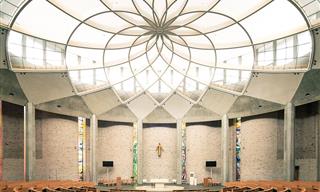
These Gorgeous Churches Are a Sight For Any Eye...
Look at amazing churches from around the world photographed by the French photographer Thibaud Poirier.

Enjoy the Natural Beauty of 2025 Ocean Photography Winners
This year's winning photographs combine delicacy and drama, science and art, and offer a rare glimpse into life that is far from sight yet close to the heart.

25 Poignant Photos With Important Stories Behind Them
These 25 fascinating photos may seem ordinary or odd at first glance, but once you read the stories behind them, you'll be wowed!
 3:03
3:03
Even Ordinary Things Look Fascinating in Slow Motion!
Even the simplest things like moving a tennis racket covered in powder or cutting a water balloon look absolutely fascinating in slow motion!

16 Perfectly Timed Shots That Couldn’t Be Planned
Sometimes, timing is EVERYTHING...

These Photos Show What People Had to Bear in the Wild West
These photos illustrate what life in the Wild West was like.

These Photos DEFINITELY Require a Second Look!
What seems ordinary at first glance might reveal something extraordinary upon closer inspection. Trust us, your eyes might deceive you the first time!

These Photos Will Make You Look Twice... Then Three Times!
These photos all require a second and third look to understand.
 4:51
4:51
How an Insane King Built the World’s Most Beautiful Castle
Neuschwanstein is most recognized castle, famous for its fairy tale like appearance. But the history of this stunning castle is no fairy tale

Size Does Matter – 14 Pics of Unusually Large Things
These freakishly big things might make you rub your eyes…

Remember These? 15 Forgotten Kitchen Gadgets
Do you remember these quirky kitchen gadgets?
To enable your Ad-Free Subscription, please fill the fields below
Your subscription was successful, now you can enjoy an ad-free experience!! Note: To make sure you get no ads, please make sure to log in to your account. If you are logged in already, then refresh the page. The subscription can be cancelled at any time.


